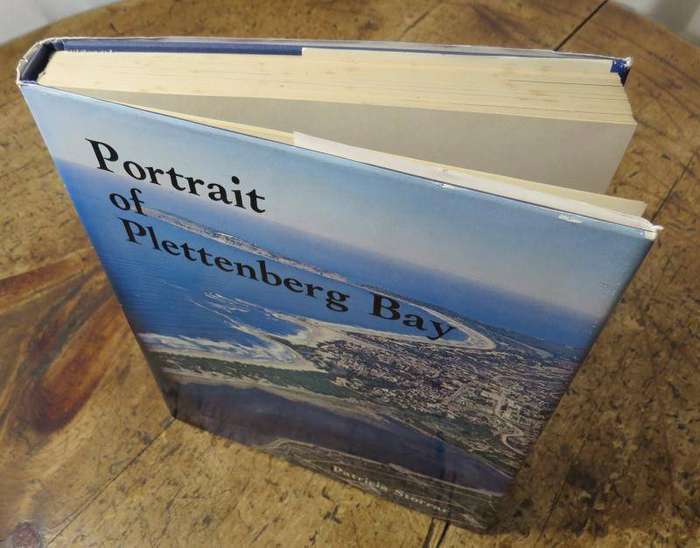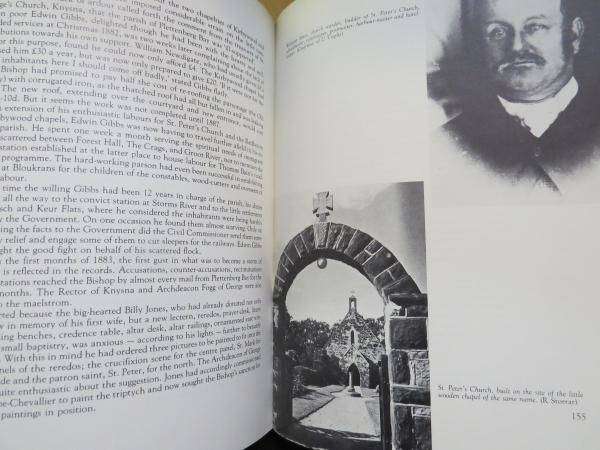In recent years Plettenberg Bay on the southern coast of Africa, 500 km east of Cape Town, has acquired a world-wide reputation as one of the most peaceful and beautiful resorts in the southern hemisphere. The Portuguese mariners who first charted this coast in the 15th century, four years or so before Columbus set foot on San Salvador, called this lovely inlet The Bay of the Lagoons and then, almost a century later, The Bay Beautiful.
The Bay of Content was another of several names subsequently given to it and to Patricia Storrar, who wrote this book, these titles are still apt. She pictures the Bay and its surrounding country as it must have been aeons ago when great herds of animals roamed the region and Early Man lived in the coastal caves. Then, as now, whales came into the Bay to calve in the course of their trek from the Antarctic every spring. Seals in their thousands sunned themselves on the rocky peninsula, still called Robberg, today a nature reserve and ar-chaeologists paradise.
Seals gambolled, too, round the Beacon Island, today the site of a renowned hotel. Much later the White men came with guns and axes to seek a livelihood from the forests, where elephant and buck abounded, and in this century a whaling station was set up to deal death to the mammoths of the deep. Patricia Storrar has drawn on a wealth of original material to tell the whole story the primitive inhabitants, the coming of the wood-cutters in the days of the Dutch East India Company, the arrival of the British pioneers, the colourful village characters of a century ago, and she brings us up to the present-day community of the Bay.
Much research has gone into the creation of the Portrait of Plettenberg Bay but it is full of human interest too. It is undoubtedly a valuable contribution to the history of the Cape and of South Africa.











